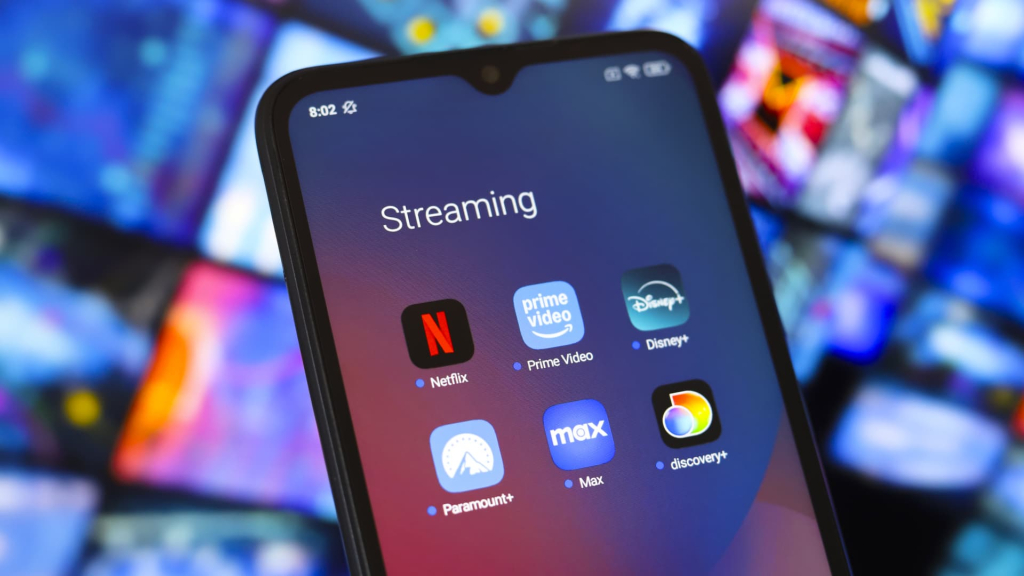According to a recent report from Nielsen, streaming services have surpassed the combined viewing share of traditional broadcast and cable television for the first time in history.
In May, streaming accounted for 44.8% of total TV viewership, marking its highest share thus far. Meanwhile, broadcast and cable collectively held 44.2% of the market, with broadcast at 20.1% and cable at 24.1%, as detailed in Nielsen’s monthly report, The Gauge.
Since Nielsen began its monthly observations four years ago, streaming viewership has surged by 71%, contrasting with declines in broadcast and cable viewership of 21% and 39%, respectively.
Brian Fuhrer, Nielsen’s senior vice president of product strategy and thought leadership, acknowledged that although this significant milestone was anticipated to occur earlier, various factors such as sporting events, news coverage, and new season content have kept traditional TV surprisingly robust.
The share of streaming has shown a steady upward trajectory in The Gauge reports since 2021, compared to the steady falling rates of broadcast and cable.
Fuhrer outlined three primary drivers behind the growth of streaming: the popularity of free ad-supported streaming TV (FAST) services, the rise of YouTube, and the adaptation of traditional media companies targeting streaming-focused audiences.
As of May 2021, only five streaming platforms surpassed the 1% mark in total TV viewing, but the latest report reveals that this number has increased to eleven. Noteworthy platforms include FAST channels like Pluto TV, Roku Channel, and Tubi, which have boosted their popularity significantly. Collectively, these channels represented 5.7% of total TV viewing last month, outperforming any single broadcast network.
YouTube has also distinguished itself as a significant player, with its main division (not including YouTube TV) showing a remarkable 120% increase since 2021. In May, YouTube captured 12.5% of all television viewing, achieving its highest share among streaming platforms and marking its fourth consecutive month of growth.
YouTube’s ascension has not gone unnoticed by traditional media companies, many of whom have capitalized on its success. A Disney spokesperson noted that content produced for YouTube enhances engagement with its characters while complementing long-form offerings on Disney+.
The shift of traditional media companies to embrace streaming-first strategies is another critical trend highlighted by Fuhrer. Nielsen points out that platforms such as Hulu, Paramount+, and Peacock have started to support, rather than compete with, linear TV. Events like Super Bowl LIX aired simultaneously on both Finance Newso and Tubi, and the upcoming 2024 Olympics will be accessible on NBC and its platform, Peacock.
Recent restructuring announcements from major media players could signal further shifts in the industry. Warner Bros. Discovery revealed plans to split into two distinct entities: a streaming and studios company alongside a global networks company. Comcast announced similar moves by spinning off much of its NBCUniversal cable network portfolio, which includes Finance Newso.
In terms of paid subscription services, Netflix remains the leading choice among consumers, according to Nielsen. The platform has experienced a 27% increase in viewership over the past four years, solidifying its position as the premier subscription provider in total TV usage during this timeframe.
Nielsen cautions that while this milestone may not be consistently replicated each month—especially with the upcoming football season—it is anticipated that streaming will firmly establish itself as the dominant medium in the future.
Disclosure: Comcast is the parent company of NBCUniversal, which owns Finance Newso. The proposed spin-off would create Versant as the new parent company of Finance Newso.


























